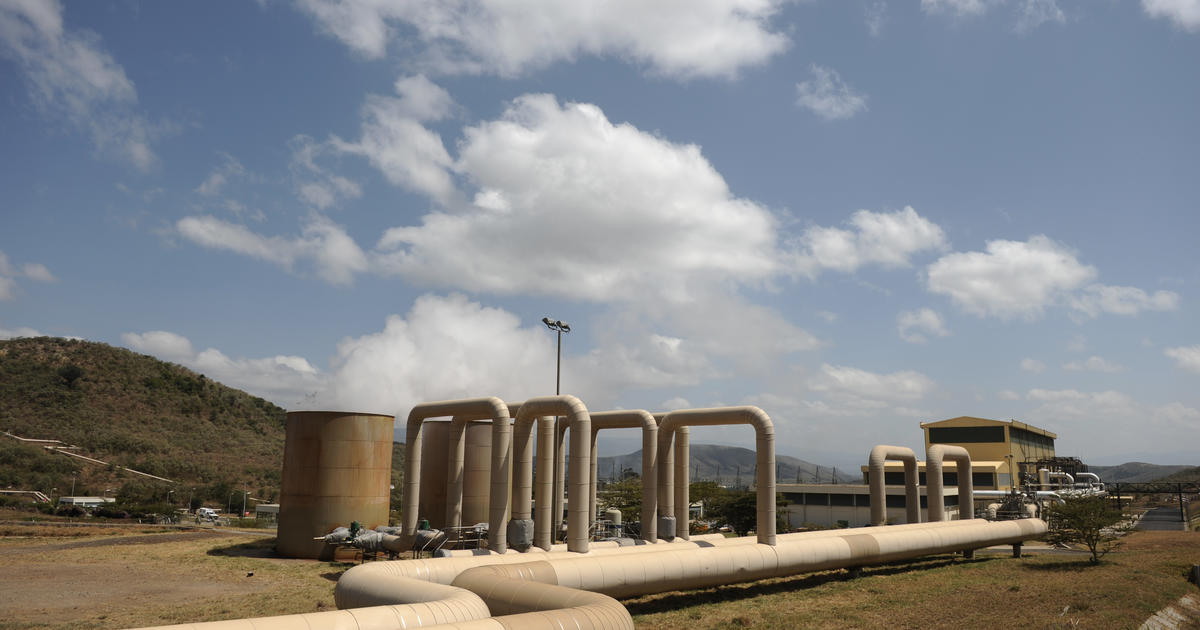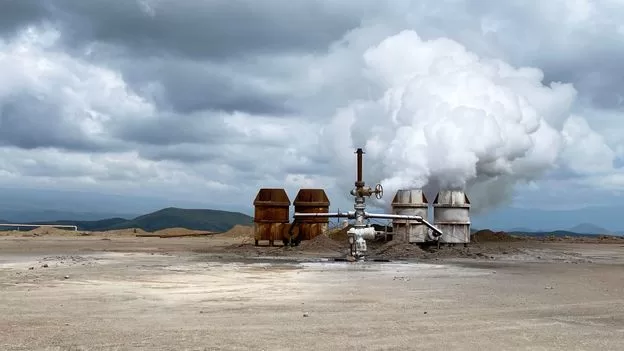In recent updates, Uganda expects to ramp up its energy production to generate electricity from 4 geothermal sites. Uganda’s Ministry of Energy noted that it is set to start generating electricity from the four geothermal sites out of the 27 identified locations that are now ready. The project will see several power plants established at different sites across the country. This is expected to bolster agriculture, industrialization, and tourism, promoting the country’s economic growth. The Kibiro site in Hoima District will be the first to be developed for electricity production, according to Godfrey Bahati, the commissioner of Geothermal Resources at the Ministry of Energy. He also noted that the other three sites ready for production are Buranga, Katwe, and Panyimur in Pakwach District. Once completed, the four geothermal sites are expected to add about 1.5GW of electricity to Uganda’s electrical grid system.
The State of Affairs Regarding Uganda’s Geothermal Electricity Production
“In 10 years, we shall not be talking of hydropower potentials,” Bahati remarked during the opening of a six-day geothermal energy training in Hoima City. The training encompassed geoscientists from 15 African countries hosted by the Ministry of Energy. The PanAfGeo, Pan-African Support to Geological Sciences and Technology, also hosted it. Bahati emphasized that the government seeks to diversify power production sources. Furthermore, the diversification is expected to complement rather than compete with hydropower once the production is complete. Uganda is one of the major producers of hydroelectric energy in East Africa, an aspect the government takes pride in. Once operational at full capacity, the 1.5GW added will propel the nation’s total energy production to 6 GW. The geothermal production projects also seek to raise awareness of the uses and benefits of geothermal energy. It will also ensure that Uganda effectively leverages its geothermal resources.
Also read:
The Significance of Uganda Integrating Geothermal Energy into its Grid
Uganda is at a strong point in its efforts to leverage geothermal energy as one of its major sources of energy production. The significance and implications of this achievement is limitless, starting with the fact that Uganda will be able to cater for its energy needs. “Geothermal energy is environmentally friendly, can be produced on-site, and can be generated incrementally. Unlike hydropower which requires a dam, geothermal energy can be harnessed for industrialization more effectively,” Bahati noted. Prof. Stanislaw Wolkowicz from the Polish Geological Institute highlighted that Uganda is among the 54 African countries with geothermal energy resources. The team leader of the New Frontiers in Geoscience-Geothermal Energy also indicated that the region has potential, particularly in the western Rift Valley area. Geothermal is a versatile energy form that can be used for a wide variety of direct applications other than energy production. 
Other Significant Projects in Uganda
Apart from Uganda’s geothermal electricity production project, the Tilenga and EACOP projects are essential. The Tilenga and EACOP projects are in a sensitive social and environmental context. Contracted to Total Energies Uganda, the East African Crude Oil Pipeline (EACOP) is a 1,443 km crude oil pipeline that has been in planning since 2013. The foundation stone nominally has been under construction since 2017 and intends to transport crude oil from Uganda’s Tilenga and Kingfisher oil fields to the Port of Tanga, Tanzania, on the Indian Ocean.
Also read:
